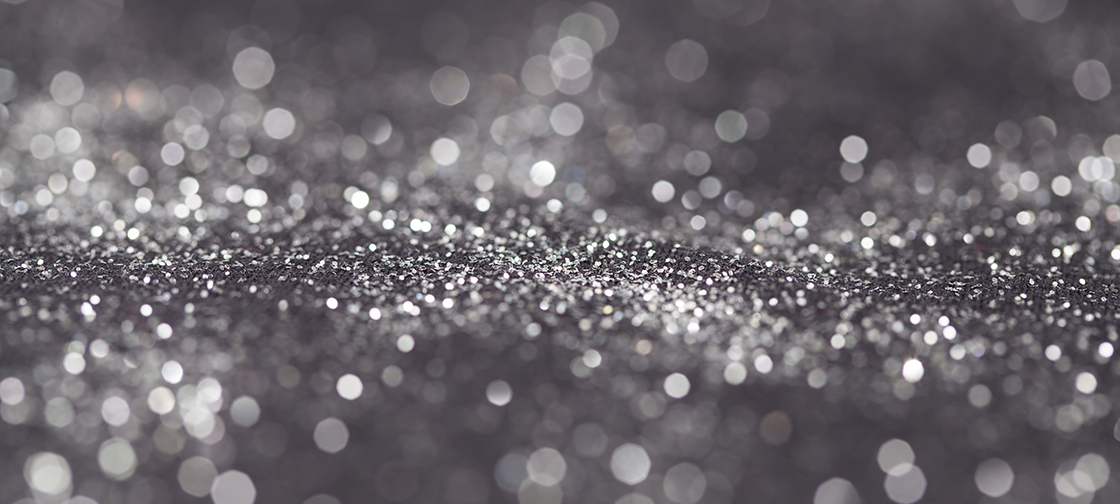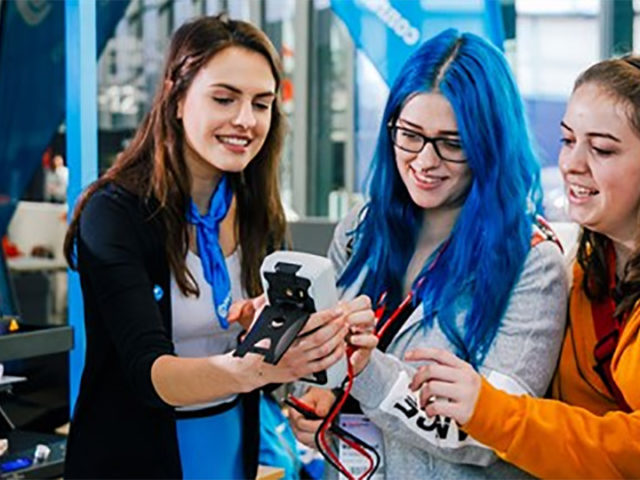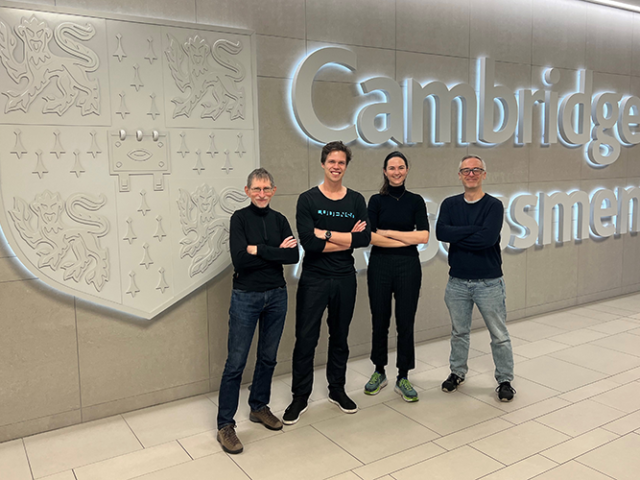Excitons are quasiparticles made from the excited state of electrons and – according to research being carried out EPFL – have the potential to boost the energy efficiency of our everyday devices.
t’s a whole new way of thinking about electronics. Excitons – or quasiparticles formed when electrons absorb light – stand to revolutionize the building blocks of circuits. Scientists at EPFL have been studying their extraordinary properties in order to design more energy-efficient electronic systems, and have now found a way to better control excitons moving in semiconductors. Their findings appear today in Nature Nanotechnology.
Quasiparticles are temporary phenomena resulting from the interaction between two particles within solid matter. Excitons are created when an electron absorbs a photon and moves into a higher energy state, leaving behind a hole in its previous energy state (called a “valence band” in band theory). The electron and electron hole are bound together through attractive forces, and the two together form what is called an exciton. Once the electron falls back into the hole, it emits a photon and the exciton ceases to exist.
Last year, a team of scientists from EPFL’s Laboratory of Nanoscale Electronics and Structures (LANES) announced that they had developed a transistor – one of the components of circuits – that runs on excitons rather than electrons. And for the first time, they were able make the transistors function at room temperature, a major step forward for developing practical applications for this technology.
Source: “Excitons will shape the future of electronic devices”, Sarah Perrin, EPFL




